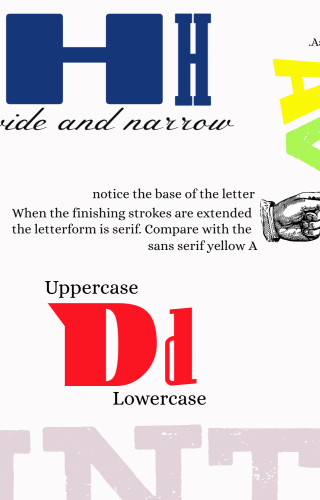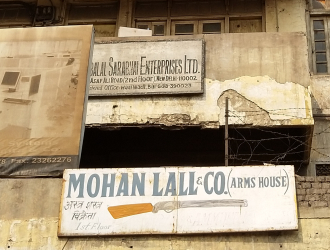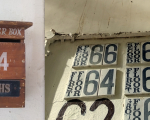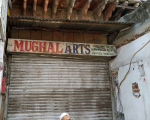The urban landscape of Delhi has a rich culture of street graphics. Posters on the walls, election campaigns painted on sidewalks, bright vehicular art and colourful shop signages constitute the impressions of the city’s public space. These colourful markers form the visual culture of the street and make a place distinguishable from another. Hand-painted signs humanise the metropolis, reminding one of human touch and craftsmanship.
Shop signs are one of the oldest forms of outdoor advertisement and a means to project the reliability of the business establishment and its distinctive character. For old established stores, shop signages become institutional and a visual reminder of what people trust and prefer.[1]
Most of these signs were created in the late ’90s and the early twenty-first century before the digital technology of printing on a flex board became popular. Changes in technology along with steady globalisation brought in the commercial standards of using the four colour methods employed widely for offset and digital printing. Initially promoting branded foreign merchandise, the technology was quickly adopted by local businesses for its lower costs and quick production. The sign writer’s vocation has been deeply impacted by this and one witnesses declining numbers of the practice. However, as many shops retain their older boards, old and contemporary signs coexist in the streets of Delhi, adding historical depth.
The photoessay follows the presence of the Latin type or signages in English and indexes them for the font styles, nature of trade or service provided, its location and year of creation, if known by the shop owner. Lettering is never neutral and can effectively create varying impressions in the mind of the viewer. The variations disclose how different fonts have different personalities.
Notes
[1]Jakle, John A., and Keith A. Sculle, Signs in America's Auto Age: Signatures of Landscape and Place (Iowa City: University of Iowa Press, 2004).
















